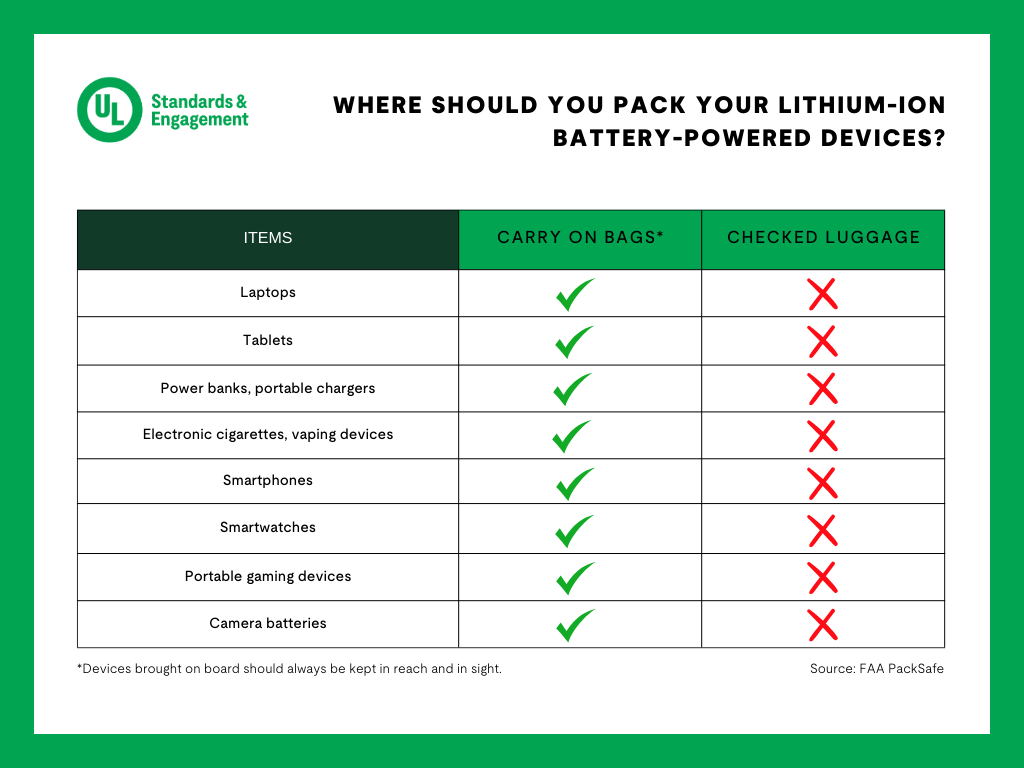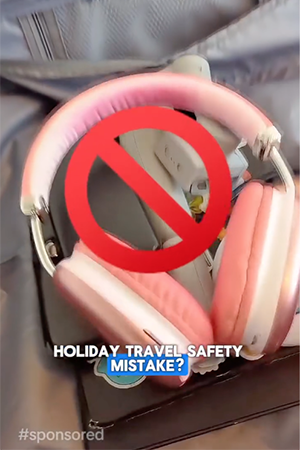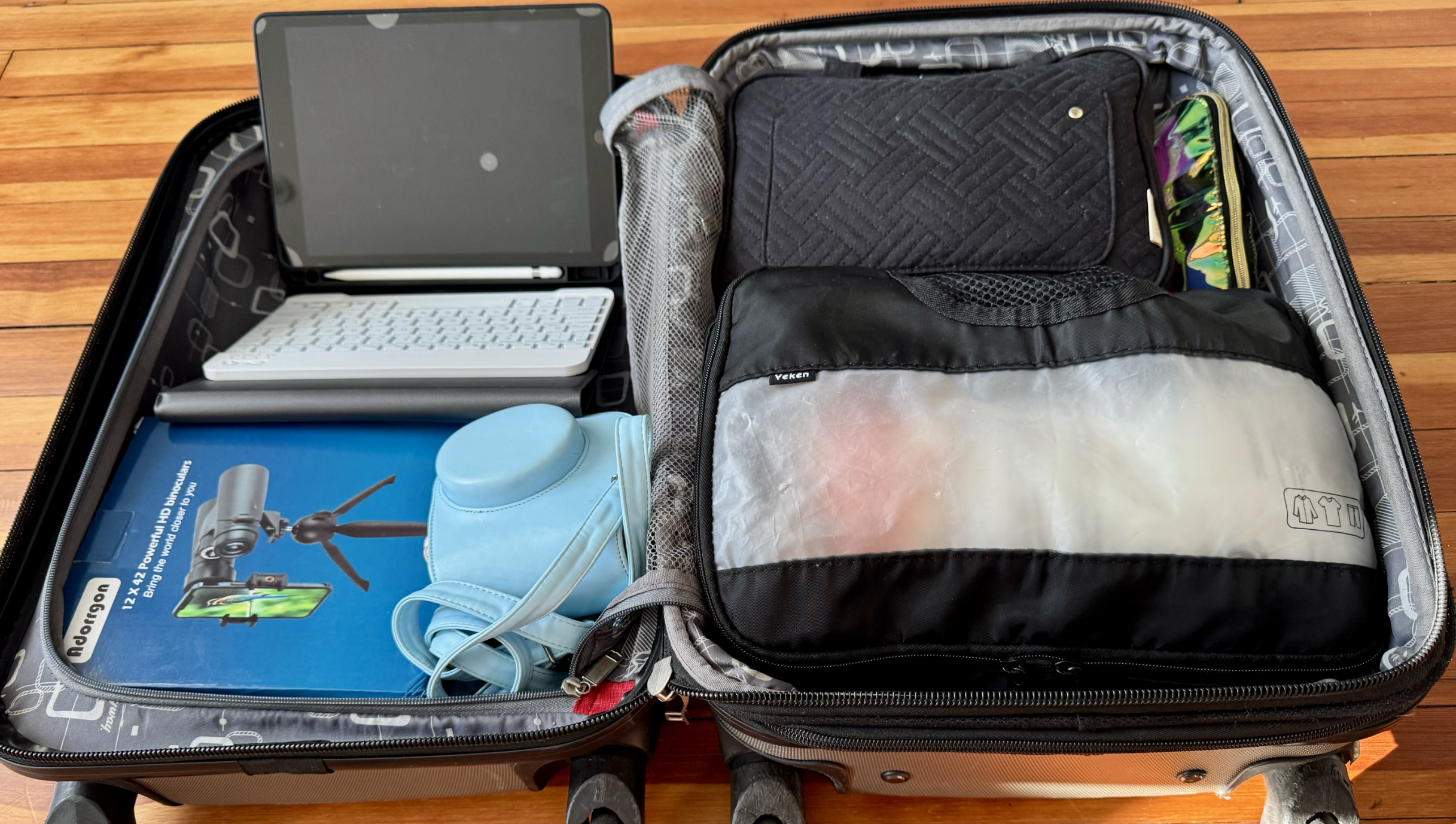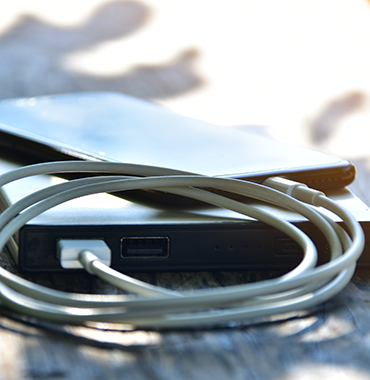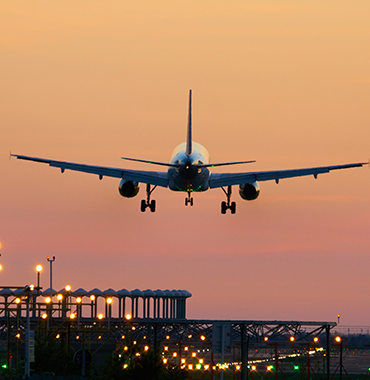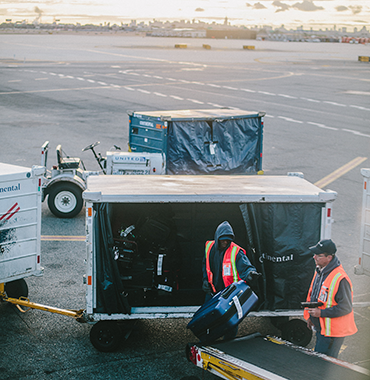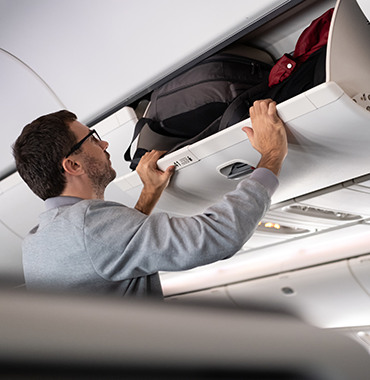Pack Smart. Fly Safer.
Have you ever wondered why airlines ask if you’ve packed lithium-ion batteries in your checked luggage? Many common devices like laptops, cell phones, tablets, and more are powered by these batteries. Learn more about how to pack, fly, and travel safely with these devices.
What's In Your Bag?
Many portable devices are powered by lithium-ion batteries. If these batteries are damaged, malfunctioning, modified, counterfeit, or otherwise substandard, they can enter thermal runaway, an uncontrollable, self-heating state that can lead to smoke, fire, toxic off-gassing, or explosion. Most passengers are unaware of their device’s power source—or its risks.
Packing List
4 Steps to Pack and Fly Safe
Our devices have become integral to the air travel experience and it’s our responsibility to travel with them safely. Learn more about safe air travel with lithium-ion
battery-powered devices.
Q&A
What are li-ion batteries and what devices have lithium-ion batteries?
Lithium-ion batteries are rechargeable batteries found in many popular, portable devices, (including, but not limited to): smartphones, tablets, iPads, Kindles, and e-readers, power banks and portable chargers, vapes and e-cigarettes, cameras, laptops, smartwatches and other fitness trackers, drones, electric toothbrushes, and portable game consoles.
Why do airlines ask me to notify a flight attendant if I drop my phone or device?
While it might seem strange, it’s to help reduce fire risk. Flight attendants are trained to safely retrieve portable devices from tricky places, like under, beneath, or between seats. Trying to retrieve device yourself may lead to unintentionally damaging, crushing, or puncturing the lithium-ion battery, which can lead to fire. Don’t feel shy about asking for help!
#HomeSafeForTheHolidays
#HomeSafeForTheHolidays empowers travelers to travel smarter and stay safe. Explore practical, easy-to-follow tips ahead of your next holiday adventure.
When packing, remember to put devices that contain lithium-ion batteries in your carry-on luggage, not your checked bag.
Let’s all do our part and get Home Safe for the Holidays!
See more from @beyondbmore
🎊 Navigating the airport doesn’t have to be stressful if you’re prepared. Help keep everyone safe and reduce the risk of fires by packing your lithium-ion battery-powered devices in your carry-on.
See more from @rosa_explores
Do you bring any of these devices onboard when you fly?
💻 Laptop
📱 Smartphone
🔋 Portable charger/power banks
🎧 Wireless/Bluetooth headphones
🧑💻 Tablet
🚭 E-cigarette/electronic vaping device
See more from @ross.fam
Read Our Report
Our latest report provides an in-depth look at key trends in thermal runaway incidents in aviation based on a survey of cabin crew members.


